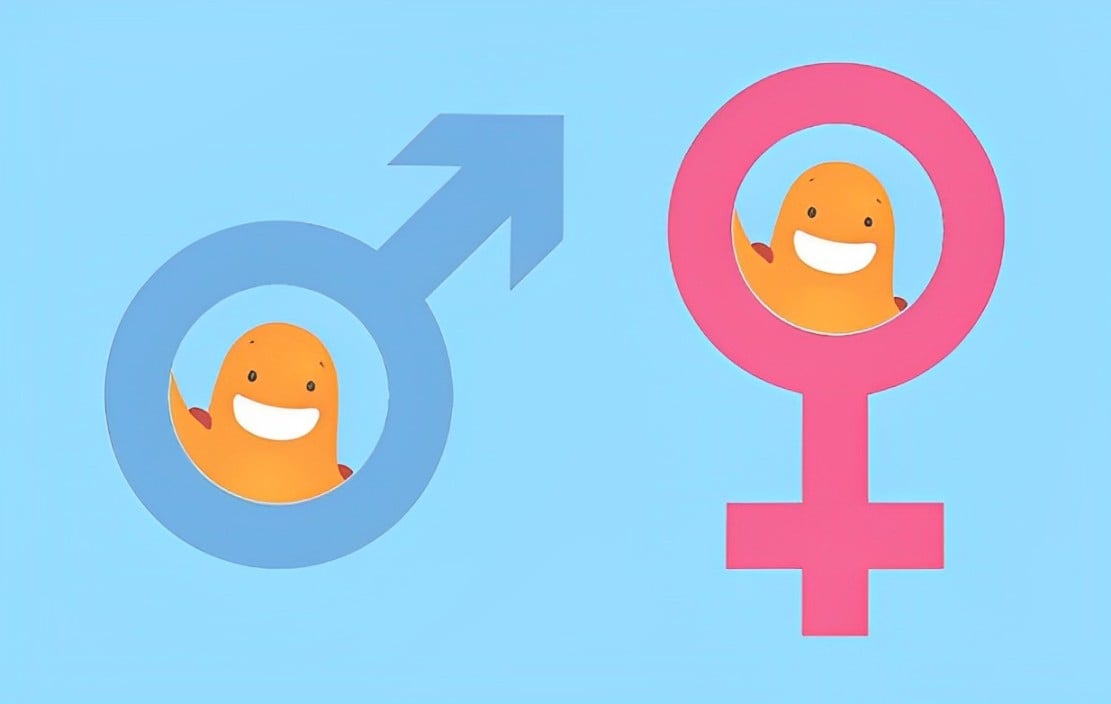We talk a lot about the different types of survey bias at SurveyLegend. From non-response bias to confirmation bias, introducing any type of bias into your survey can render the data useless, or skew it so that you’re not looking at accurate results. One type of bias that any survey creator should actively try to avoid is gender bias. In this blog, we’ll look at gender bias and point out ways to ensure you don’t introduce it into your surveys.
Create Your FREE Survey, Quiz, or Poll Now!
What is Gender Bias?
To start, what exactly is gender bias? Gender bias refers to the unequal treatment or representation of individuals based on their gender, typically favoring one gender over the other. It can appear in various forms, affecting both men and women, although it often disproportionately impacts women. Gender bias can occur in different contexts, including social, economic, political, and cultural spheres.
Examples of Gender Bias
There are a number of ways in which gender bias can present itself.
- Stereotyping. Preconceived notions about the roles, behaviors, and characteristics associated with men and women can contribute to bias. For instance, gender role survey questions that assume that certain professions are more suitable for one gender or that specific personality traits are inherently masculine or feminine.
- Gender Discrimination. Unfair treatment or exclusion based on gender, such as in the workplace, education, or other social settings. This can involve unequal pay, limited opportunities for advancement, or biased hiring practices.
- Language Bias. The use of language that reinforces stereotypes or reinforces traditional gender roles contributes to gender bias. For example, using words like “bossy” to describe assertive women or “weak” for sensitive men.
- Media Representation. Portrayal of gender roles in media can contribute to bias by reinforcing stereotypes and presenting limited, and often unrealistic, images of men and women. This can influence societal expectations and perceptions.
- Double Standards. Applying different standards or expectations to individuals based on their gender. For example, holding women to higher standards in professional or personal settings or excusing certain behaviors in men while condemning them in women.
Can a Survey Have Gender Bias?
A survey can have gender bias if it is designed or conducted in a way that favors one gender over another. This bias can occur at various stages of the survey process, from the way questions are written, to the selection of participants, to the analysis of results. Here are some ways in which gender bias can work its way into surveys.
- Question Wording. The wording of survey questions can unintentionally reinforce gender stereotypes or assumptions, leading to biased responses. For example, using language that implies certain roles or behaviors are more typical of one gender may skew the results.
- Response Options. Gender questions for surveys have become more complicated. The typical available response options in a survey can introduce bias if they are not inclusive or if they assume a binary understanding of gender. For instance, a survey that only provides “male” and “female” options may exclude individuals who identify outside of these categories.
- Sampling Bias. If the sample of survey participants is not representative of the broader population in terms of gender, the results may not accurately reflect the views or experiences of all genders. Efforts should be made to ensure a diverse and inclusive sample.
- Survey Administration. The way in which a survey is conducted can introduce bias. For example, if a survey is conducted in a way that makes it more accessible to one gender over another, it may result in skewed responses.
- Analysis and Reporting. Biases can also be introduced during the analysis and reporting of survey results. If researchers selectively highlight findings related to one gender while neglecting others, it can create a distorted representation of the data.
7 Ways To Avoid Gender Bias on Surveys
Avoiding gender bias in surveys is crucial to ensure that the data collected accurately represents the views and experiences of all individuals, regardless of gender. To create gender equality in surveys, here are seven ways to help minimize gender bias.
1. Use Inclusive Language
Be sure to craft survey questions using language that is neutral and does not reinforce stereotypes, and avoid assumptions about gender roles or behaviors. Consider using terms like “gender” instead of “sex” to acknowledge that gender is a complex, multifaceted concept. Be sure to read our blog on How To Use Inclusive Language On Surveys.
2. Provide Inclusive Response Options
Always offer a diverse set of response options that reflects the spectrum of gender identities. Instead of just “male” and “female,” include options such as “non-binary,” “prefer not to say,” or an open-ended response field. Be sure to read more about gender demographic survey questions in our blog 15 Demographic Survey Questions.
3. Ensure Representative Sampling
Strive for a diverse and representative sample that includes individuals of different genders, ages, ethnicities, and other relevant demographic factors. Consider oversampling or targeted outreach to underrepresented groups to ensure their voices are heard.
4. Pilot Test the Survey
Conduct pilot tests with a small group of participants to identify and address any potential survey bias issues. Collect feedback on question clarity, cultural sensitivity, and inclusivity from individuals with diverse backgrounds.
5. Analyze Data Carefully
When analyzing survey data, disaggregate results by gender to identify any significant differences among groups. Be cautious about drawing conclusions based solely on gender without considering intersecting factors such as race, ethnicity, age, and socioeconomic status.
6. Be Transparent in Reporting
Clearly report the methods used in the survey, including how gender-related questions were formulated, response options provided, and any efforts made to ensure inclusivity. Avoid selective reporting of results and present findings in a balanced and unbiased manner.
7. Stay Informed and Responsive
Stay informed about evolving language and terminology related to gender identity to ensure that surveys remain relevant and respectful (our blog on asking sensitive survey questions may help). Be responsive to feedback and open to making necessary adjustments to the survey based on ongoing discussions around gender inclusivity.
Conclusion
Gender bias research shows that when surveying, it is important to avoid biased questions that can impact results. By incorporating the strategies in this blog, you can help minimize gender bias in surveys and contribute to the collection of more accurate and representative data. Remember to always craft neutral and inclusive questions, provide diverse response options, use random and representative sampling methods, and analyze and report results in an unbiased manner.
Ready to get started? SurveyLegend has got you covered! Our surveys are easy to create (and easy on the eyes). We provide many different types of questions, making it easy to craft gender-neutral queries. Plus, our immediate analytics help you to see if you’re collecting the right data from the right people. Start today for free!
Have you encountered gender biased questions before? Has it ever impacted how you answer questions? Let us know in the comments!
Create Your FREE Survey, Quiz, or Poll Now!
Frequently Asked Questions (FAQs)
Gender bias refers to the unequal treatment or representation of individuals based on their gender, typically favoring one gender over the other.
When we apply the concept of bias to surveys, bias becomes a “systematic error introduced into sampling or testing by selecting or encouraging one outcome or answer over others.” Read more about survey bias.
The best way to avoid gender bias in surveys is to watch the wording of both questions and response options. Pilot testing your survey with a small group before launching it can also help uncover gender bias you may not have been aware of.




